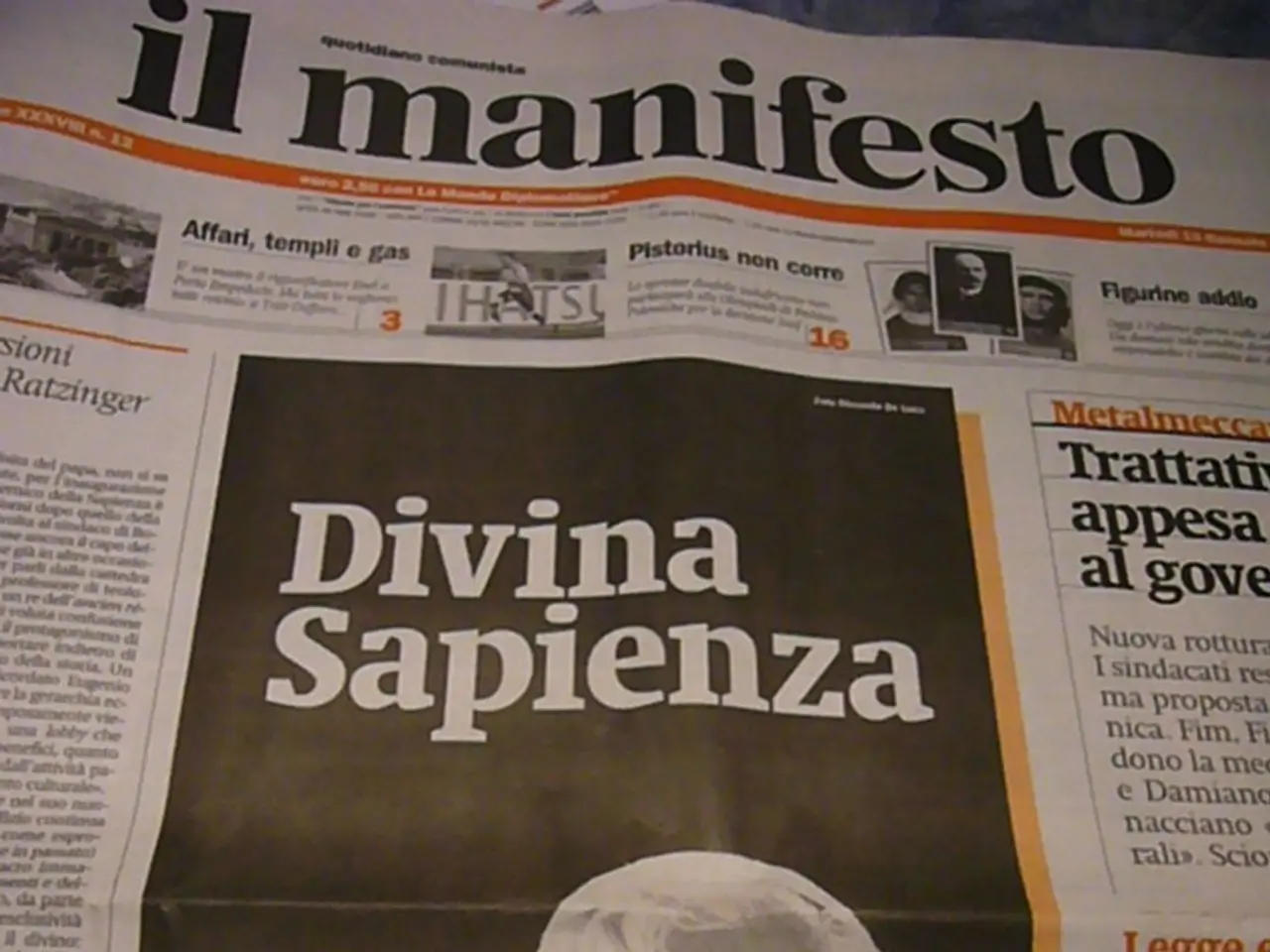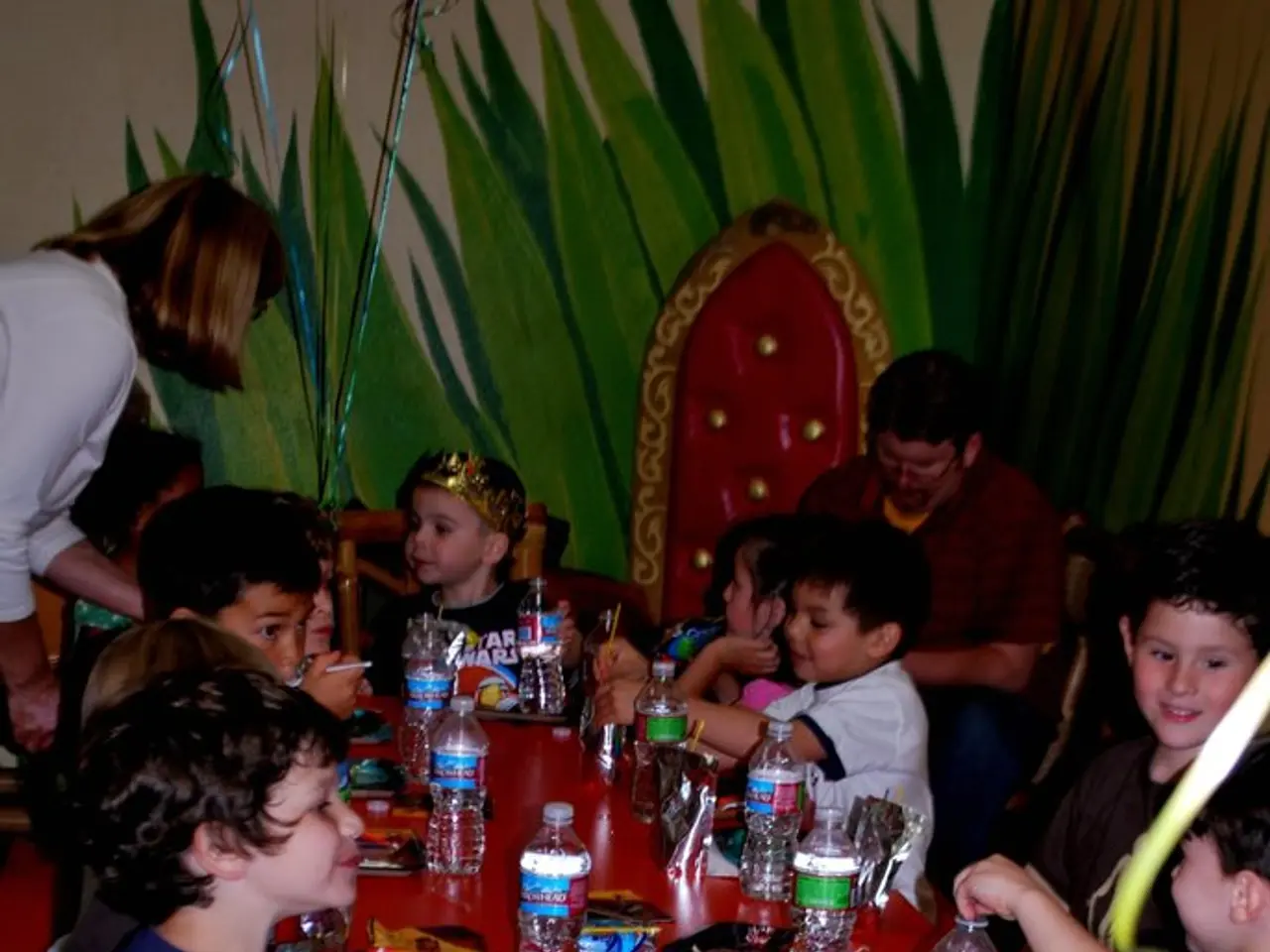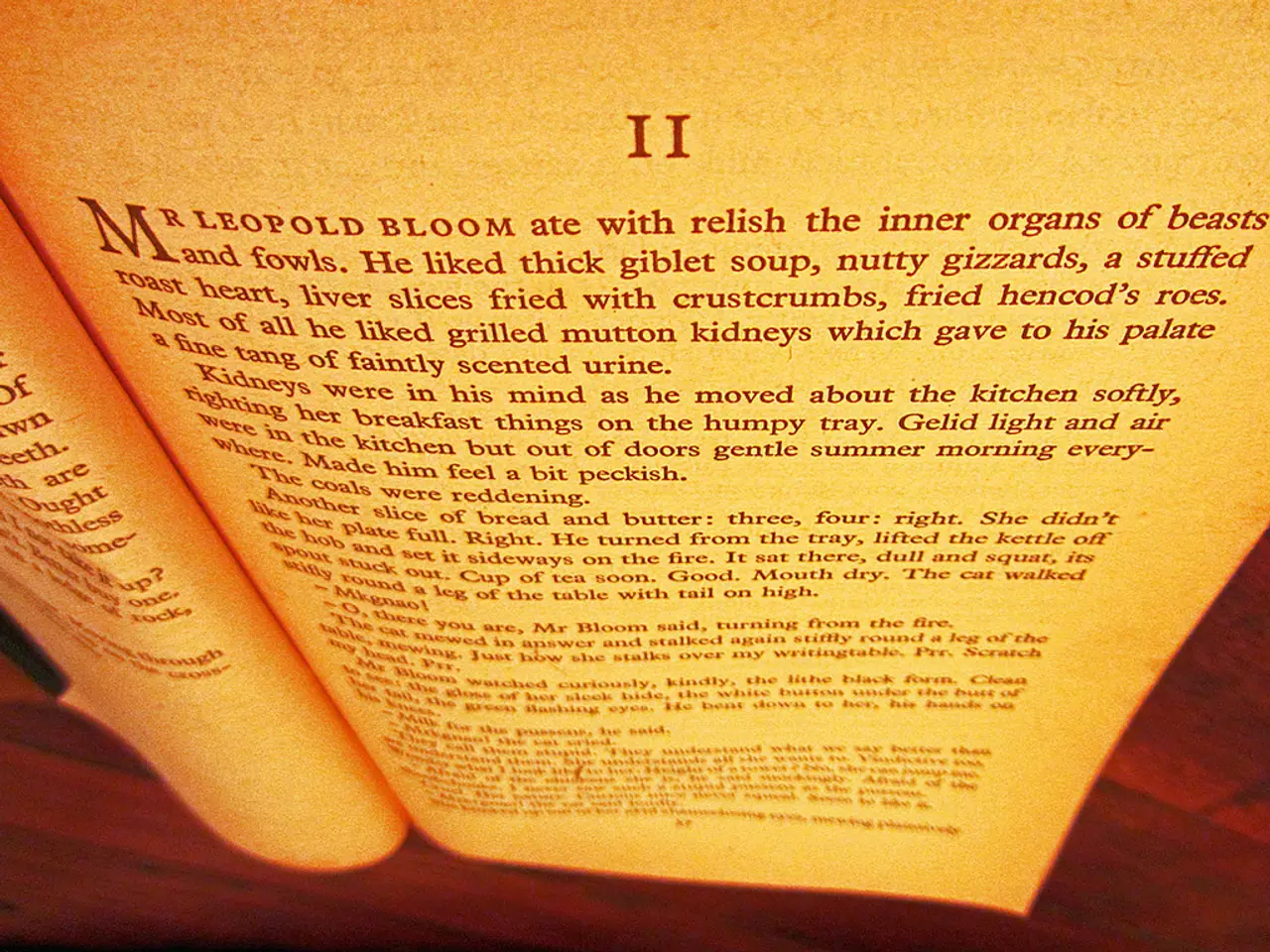Exploring whether filmmakers should tackle political topics head-on or employ more subtle narratives in their work
In the world of cinema, filmmakers have two primary approaches to delivering political messages: direct political messaging and subtle storytelling. Each method has its own advantages and challenges, shaping viewer engagement, artistic expression, and societal influence in distinct ways.
Direct political messaging, with its clear, immediate communication of specific viewpoints or calls to action, is an effective tool for raising awareness and mobilizing audiences on social, political, or environmental issues. By making their stance obvious, these films can spark public debate or activism through emotional or ideological alignment. However, this approach comes with risks. The potential for alienating viewers who disagree or prefer less didactic content is high, and the artistic complexity of a film may be overshadowed by overt slogans or polemics.
On the other hand, subtle storytelling, or the approach often found in "quiet films," enables layered, nuanced portrayals of real-life complexity without explicit statements. This method invites viewers to reflect and interpret meaning personally, fostering deeper emotional resonance and long-lasting impact. Such films earn attention by trusting audiences’ sensibilities and can cross cultural boundaries with dignity and complexity intact. They often produce profound human connections and soft power by quietly influencing perceptions without confrontation.
When it comes to viewer engagement, direct messaging may provoke immediate emotional reactions and clear ideological grouping, but risks resistance or disengagement from those who feel preached to. Subtle storytelling, on the other hand, fosters reflective engagement and can create empathetic understanding that lingers beyond the viewing experience, though it may require more effort or patience from the audience.
In terms of artistic expression, direct political messaging can limit creative ambiguity, making the film’s purpose overt but sometimes constraining narrative or aesthetic nuance. Subtle storytelling, however, leverages film language, editing, atmosphere, and metaphor, allowing filmmakers to embed complex ideas artistically and symbolically, sometimes leading to co-authorship and a richer cinematic experience.
Regarding societal impact, films with direct political messaging can raise immediate awareness and spur activism or discourse but sometimes lose subtlety or alienate broader audiences. Subtle films may not incite instant action but cultivate cultural diplomacy, empathy, and longer-term shifts in perception by engaging viewers emotionally and intellectually, often transcending cultural and linguistic borders more gracefully.
In summary, direct political messaging excels at clarity and urgency but may sacrifice artistic subtlety and broad appeal, while subtle storytelling enhances nuance, emotional depth, and cultural resonance but relies on audience interpretation and patience—both methods distinctly shaping viewer engagement, artistic expression, and societal influence. The choice between direct and subtle storytelling should align with the filmmaker's vision, the story's context, and the intended impact on viewers. Whether it's a call to action or a thought-provoking narrative, both approaches, when executed thoughtfully, can contribute significantly to the discourse on political themes in cinema.
- Critics often argue that filmmakers using direct political messaging can provoke immediate reactions and clear ideological grouping, but may risk resistance or disengagement from those who feel preached to.
- Animation film directors often rely on subtle storytelling to create layered, nuanced portrayals of real-life complexity, fostering deeper emotional resonance and long-lasting impact.
- The use of subtle storytelling in cinema can cultivate cultural diplomacy, empathy, and longer-term shifts in perception by engaging viewers emotionally and intellectually, sometimes transcending cultural and linguistic borders more gracefully.
- The world of entertainment, such as movies-and-tv, is enriched by filmmakers who choose between direct and subtle storytelling to shape viewer engagement, artistic expression, and societal influence, whether it's a movie with a clear political stance or a thought-provoking narrative that invites personal interpretation.








